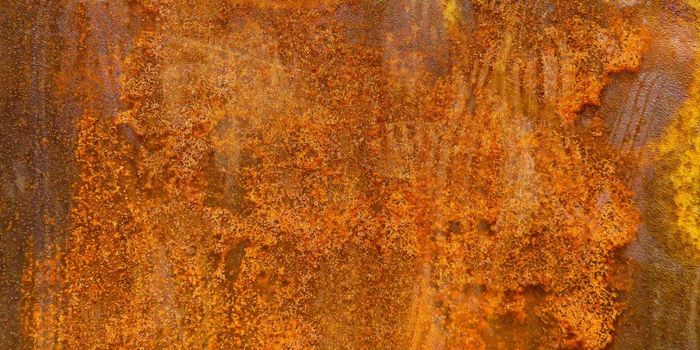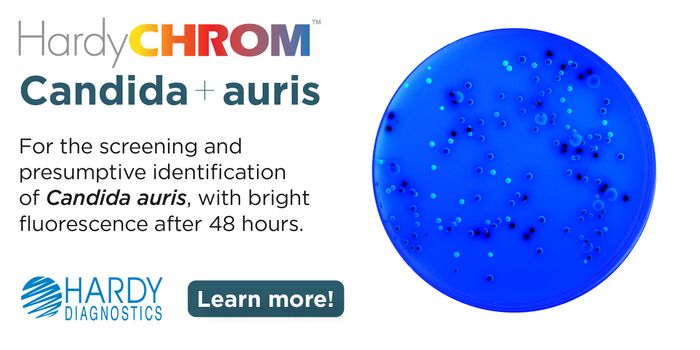Henrietta Lacks went to Johns Hopkins Hospital to receive treatment for a health problem, and discovered that she had cervical cancer. A biopsy of her cells that was taken during her clinical consultations was later used, without her knowledge, by researchers.
The scientists set of a revolution in biomedical research with Lacks' cells, which took their name, HeLa, from hers. Those unique and important cells were the first to be cultured and reproduced in a laboratory. The cells were disseminated and they went on to be critical in a wide variety and huge amount of biomedical breakthroughs. They were pivotal for example, in the creation of the polio vaccine and later, into AIDS and cancer research.
The cells, and the way in which they were obtained and surreptitiously used have raised numerous ethical questions, and created a lot of problems for the family - whose medical records were published without consent. A portion of the HeLa genome has also been published without familial consent. The National Institutes of Health has since worked with the family to give them more control over the use of the cells and acknowledgement in papers.








